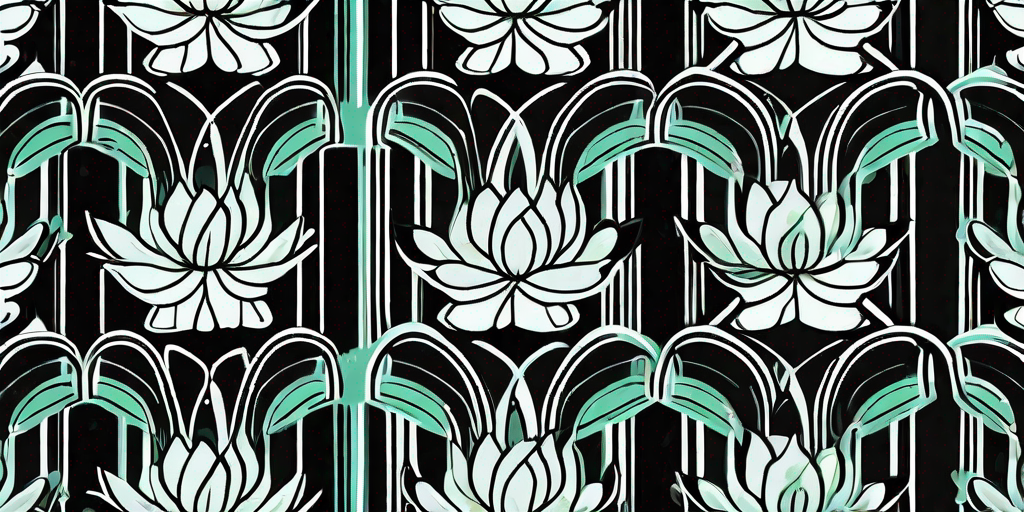
In the world of succulents, there's a dark and handsome prince that's turning heads and winning hearts. Meet the Black Prince Echeveria, a succulent so regal, it's practically royalty. With its deep purple (almost black) leaves and rosette shape, this succulent is the perfect addition to any plant collection. But don't let its royal lineage intimidate you. This prince is surprisingly low-maintenance and easy to care for. So, whether you're a seasoned plant parent or a green-thumb-in-training, the Black Prince Echeveria is the perfect plant to add a touch of royalty to your life.
Getting to Know the Black Prince Echeveria
First things first, let's get to know our prince a little better. The Black Prince Echeveria, also known as Echeveria 'Black Prince', is a slow-growing succulent that belongs to the Crassulaceae family. Native to Mexico, this succulent is known for its dark, almost black leaves that form a rosette shape. The leaves are thick and fleshy, with a slightly pointed tip - a bit like a crown, if you will.
But it's not all about looks with this prince. The Black Prince Echeveria is also known for its stunning flowers. In late fall or early winter, the Black Prince produces bright red flowers that contrast beautifully with its dark foliage. These flowers are bell-shaped and grow on short stalks, adding a pop of color to your plant collection during the colder months.
Why Choose the Black Prince Echeveria?
So, why should you choose the Black Prince Echeveria over other succulents? Well, aside from its striking appearance, this succulent is also incredibly easy to care for. It's drought-tolerant, meaning it doesn't require a lot of water, and it can tolerate a range of light conditions. Plus, its slow-growing nature means it won't outgrow its pot anytime soon.
Additionally, the Black Prince Echeveria is a great choice for beginners. Its low-maintenance nature makes it a great starter plant for those new to the world of succulents. And let's not forget about its aesthetic appeal. The Black Prince's dark foliage and bright flowers make it a standout addition to any plant collection.
How to Care for Your Black Prince Echeveria
Now that you're acquainted with the Black Prince Echeveria, let's talk about how to care for this royal succulent. Despite its regal appearance, the Black Prince is surprisingly low-maintenance. Here's what you need to know.
Light Requirements
The Black Prince Echeveria loves the sun. It prefers bright, indirect light, but it can also tolerate some direct sunlight. However, too much direct sunlight can cause the leaves to scorch, so it's best to provide some shade during the hottest part of the day.
If you're growing your Black Prince indoors, place it near a south or west-facing window for the best light exposure. If you notice the leaves starting to stretch or lose their rosette shape, it's a sign that your plant is not getting enough light.
Watering Needs
Like most succulents, the Black Prince Echeveria is drought-tolerant and doesn't require a lot of water. In fact, overwatering is one of the quickest ways to kill this plant. The best watering technique is to wait until the soil is completely dry before watering again. This usually means watering once every two weeks, but it can vary depending on the climate and the time of year.
When you do water your Black Prince, make sure to water the soil directly, not the leaves. Wet leaves can lead to rot, which is a common problem for succulents. And remember, when in doubt, it's better to underwater than overwater.
Common Problems and How to Solve Them
Despite its easy-going nature, the Black Prince Echeveria can still encounter a few problems. Here are some common issues and how to solve them.
Stretching
If your Black Prince Echeveria starts to stretch and lose its rosette shape, it's a sign that it's not getting enough light. To solve this problem, move your plant to a brighter location. If you're growing your Black Prince indoors, you may need to supplement with a grow light during the darker months.
Rot
Rot is a common problem for succulents, and the Black Prince Echeveria is no exception. Overwatering is the main cause of rot. If you notice the leaves of your Black Prince starting to turn mushy and black, it's a sign of overwatering. To prevent rot, make sure to let the soil dry out completely between waterings and avoid getting water on the leaves.
FAQs
- Is the Black Prince Echeveria toxic to pets?
No, the Black Prince Echeveria is not toxic to pets. However, it's always a good idea to keep plants out of reach of curious pets.
- Can the Black Prince Echeveria grow outdoors?
Yes, the Black Prince Echeveria can grow outdoors, as long as the climate is warm enough. This succulent is not frost-tolerant and should be brought indoors if temperatures drop below freezing.
- How big does the Black Prince Echeveria get?
The Black Prince Echeveria is a slow-growing succulent that can reach up to 6 inches in diameter.
Conclusion
There you have it, everything you need to know about the dark and handsome Black Prince Echeveria. This royal succulent is not only a stunning addition to any plant collection, but it's also incredibly easy to care for. So why not add a touch of royalty to your life with the Black Prince Echeveria? After all, every home deserves a prince.















